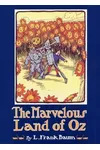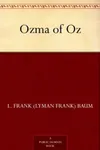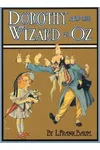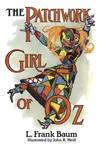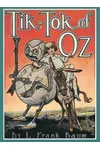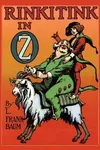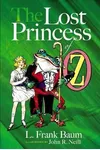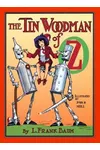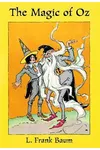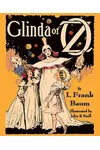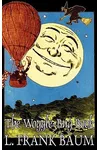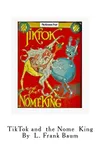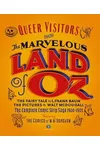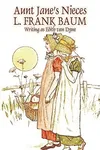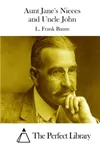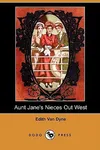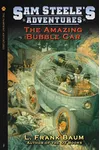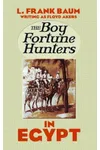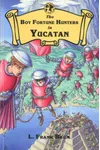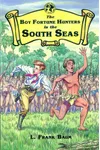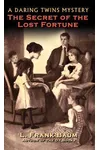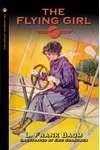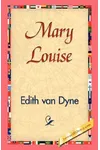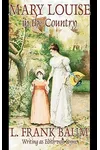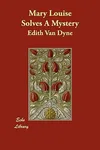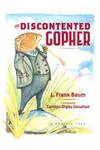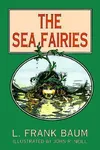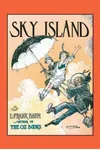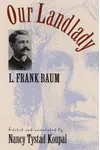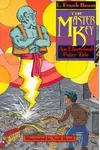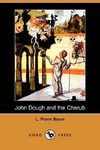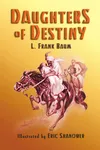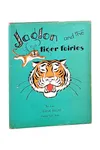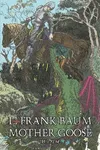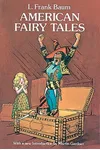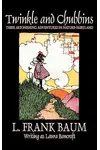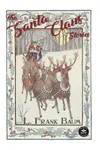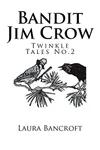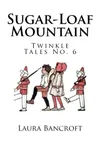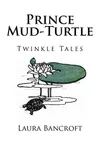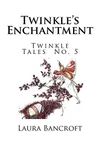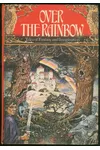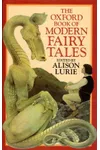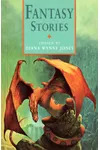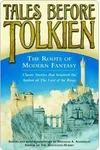Picture an American storyteller who whisked readers to a land of emerald cities and yellow brick roads—meet L. Frank Baum! Born in 1856, Baum revolutionized children's literature with his Oz series, blending whimsical fantasy with progressive ideals. His timeless tales of courage, friendship, and self-discovery continue to enchant readers, proving that a good story can spark magic in any heart.
Baum’s life was as colorful as his stories. A man of many talents—journalist, playwright, and advocate—he poured his boundless imagination into creating worlds that felt both fantastical and deeply human. Let’s dive into the life and legacy of the man behind the curtain!
The Making of L. Frank Baum
Lyman Frank Baum was born on May 15, 1856, in Chittenango, New York, into a wealthy family. A sickly child, he found solace in books, sparking a lifelong love for storytelling. His early career was a whirlwind of ventures: he ran a newspaper, raised chickens, and even dabbled in theater. But it was his passion for children’s stories, inspired by his own kids and his knack for weaving tales, that set him on the path to literary fame.
Baum’s advocacy for women’s suffrage also shaped his worldview. He married Maud Gage, daughter of a prominent suffragist, and their partnership fueled his progressive ideals, which later shone through in his strong, independent female characters like Dorothy Gale.
L. Frank Baum’s Unforgettable Stories
Baum’s breakthrough came in 1900 with The Wonderful Wizard of Oz, a game-changer in children’s literature. Unlike the grim fairy tales of the era, Baum’s story was vibrant and optimistic, following Dorothy’s journey through Oz with her iconic companions—the Scarecrow, Tin Woodman, and Cowardly Lion. Its vivid imagery and themes of self-reliance made it an instant classic.
He followed with 13 more Oz novels, including The Marvelous Land of Oz (1904), which introduced Tip, a boy with a surprising secret, and Ozma of Oz (1907), featuring Dorothy’s return to the magical land. Baum’s style was playful yet profound, weaving moral lessons into fantastical plots. He also wrote under pseudonyms, crafting non-Oz works like The Magical Monarch of Mo (1899), a quirky fairy tale brimming with his signature charm.
His stories stood out for their accessibility—Baum wanted kids to feel joy, not fear, in reading. His progressive ideals shone through in characters who defied stereotypes, like the resourceful Dorothy and the powerful Princess Ozma, making his work resonate across generations.
Why L. Frank Baum Matters
Baum’s impact on children’s fantasy is monumental. The Wonderful Wizard of Oz inspired countless adaptations, from the 1939 film to modern retellings, cementing Oz as a cultural touchstone. His emphasis on wonder and empowerment reshaped how stories were told, influencing authors like C.S. Lewis and J.K. Rowling. Beyond literature, Baum’s advocacy for equality left a quiet but powerful legacy, reflected in his inclusive storytelling.
Today, Baum’s books remain beloved for their timeless messages. Readers young and old find solace in Oz, where courage and kindness always triumph. His work reminds us that imagination can spark change, one story at a time.
About L. Frank Baum
- Born: May 15, 1856, Chittenango, New York
- Died: May 6, 1919, Hollywood, California
- Key Works: The Wonderful Wizard of Oz, The Marvelous Land of Oz, Ozma of Oz
- Fun Fact: Baum co-founded the first children’s theater company in the U.S.
Snag The Wonderful Wizard of Oz and dive into Baum’s magical world of fantasy and heart!

